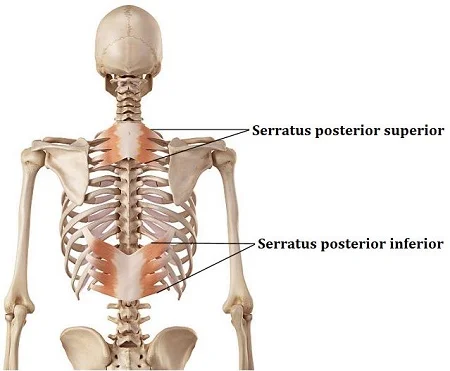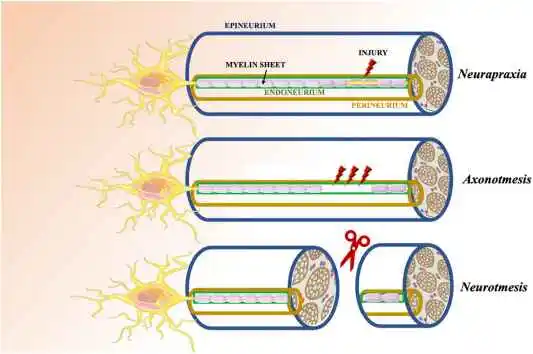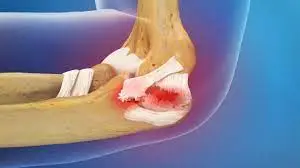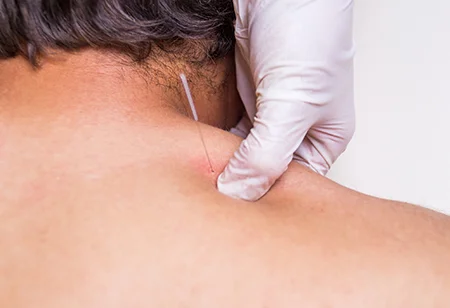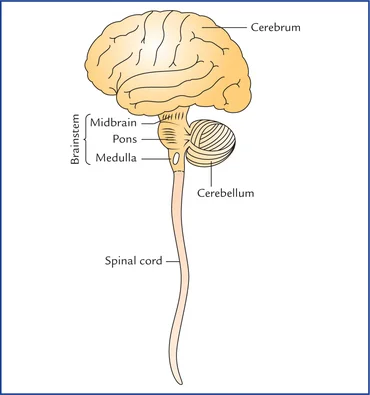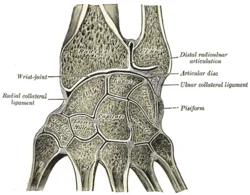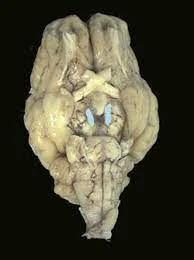Serratus Posterior Superior Muscle
Introduction
The serratus posterior superior muscle is found in the back’s intermediate compartment. It has a slender, rectangular shape and is placed deep in the upper back, close to the rhomboid muscles.
The rib cage is raised by the serratus posterior superior muscle and lowered by the serratus posterior inferior muscle. When forced breathing is taking place, these movements are very crucial.
The serratus posterior superior muscle’s aponeurosis is formed by the supraspinal ligament and the spinous processes of C7, T1, T2, and, in certain situations, T3.
It features four fleshy digitations that reach into the top borders of the second, third, fourth, and fifth ribs above the rib angle.
Structure
Origin
- Lower part of the nuchal ligament
- Spinous processes of C7 to T3 vertebrae
Insertion
The upper margins of ribs 2–5.
Nerve Supply
2nd through 5th intercostal nerves.
Blood Supply
Posterior intercostal arteries.
Function
Elevates ribs 2-5.
Elevates ribs 2 – 5. This facilitates deep breathing. It is one of the accessory breathing muscles used for inspiration.
Relations
The serratus posterior superior muscle is superficially connected to the thoracic part of the thoracolumbar fascia, which wraps around the splenius cervicis.
Variations
This muscle originated from the upper two or three thoracic vertebrae, as well as the spinous processes of the C7 vertebra.
Clinical Importance
Scapulocostal syndrome
Scapulocostal syndrome can be caused by overusing the serratus posterior superior and other back muscles, such as while holding a phone between the ear and shoulder. It is characterised by pain and paraesthesia along the medial border of the scapula that radiates to the neck, chest, and upper extremities.
Pain, particularly in the little finger when the muscle is palpated, is one of the traditional signs. The pain can be made worse by lifting items with outstretched hands or by doing other activities that strain the scapula’s serratus posterior superior muscle.
Cervical radiculopathy, a lesion of the spinal nerves in the cervical vertebral column, is occasionally mistaken for scapulocostal syndrome. Numbness, muscular weakness, and further neurological anomalies such as missing or weak reflexes are the hallmarks of this illness. As a differential diagnosis, rotator cuff rupture and arthritis should also be taken into account.
Serratus Posterior Superior Pain
The serratus posterior superior, which is located in the shoulder girdle, can occasionally cause issues because its pain patterns overlap with those of other muscles. Trigger points are knots in the serratus posterior superior muscle that typically cause substantial discomfort behind the elbow, on the pinky side of the wrist and hand, behind the shoulder blade, or at the back of the shoulder.
What leads to serratus posterior superior trigger points?
Breathing heavily when exercising or experiencing dyspnoea due to a respiratory illness such as pneumonia.
A few days of muscle rest, or even a visit to the physical therapist, can help reduce discomfort and improve range of motion.
Injury to the serratus posterior superior muscle
A number of things, including trauma, overuse, and bad posture, can cause injury to the serratus posterior superior muscle.
Upper back stiffness, soreness, and restricted range of motion are common symptoms of a serratus posterior superior muscle injury. Sometimes, people find it difficult to breathe deeply or experience discomfort when performing particular tasks.
Pain management, physical rehabilitation, and rest are common treatment modalities. The healing process may be accelerated by comprehending the underlying causes and doing certain rehabilitation exercises
Treatment
Strengthening the serratus posterior superior muscle is essential for maintaining good posture, increasing respiratory efficiency, and preventing accidents. The following exercises work the serratus posterior superior:
Strengthening
Scapular Wall Slides:
Place your feet approximately a foot apart from the wall and lean back against it
Put your hands shoulder-high on the wall.
Slowly slide your hands up the wall, maintaining your back to it.
As you slide your hands upward, keep your shoulder blades protracted (pushing out from the spine).
From the starting position, repeat.
Scapular Protraction Exercise:
Begin by taking a tabletop posture on your hands and knees.
Push away from the floor and lengthen your shoulder blades. Then, let them come together (scapular retraction).
Repeat this motion, focusing on the protraction phase.
Prone Y-Raises:
Lie face down on an exercise mat and stretch your arms in a Y-shape above your head.
Raise your arms and body off the ground, squeezing your shoulder blades together.
After a little period, return to the lowered position.
Stretching
- Cat-Cow Stretch (Spinal Flexion and Extension)
The serratus posterior superior and other upper back muscles are activated by this dynamic stretch.
Starting from a tabletop position, go on your hands and knees.
Inhale: elevate your head and tailbone, lower your tummy, and arch your back (cow stance).
Pull your belly in, tuck your chin in, and curve your spine upward (Cat posture) to release the breath.
Perform 8–10 repetitions at a leisurely pace.
- Wall Arm Slides (Thoracic Extension & Scapular Movement)
helps to expand and move the upper posterior thoracic muscles and scapula.
With your back flat against a wall, hold the “goal post” stance with your arms.
Keeping your arms in touch with the wall, slide them upward towards the ceiling.
Return to the starting position gradually.
Do this 10–12 times.
- Child’s Pose with Side React
Start by kneeling, sitting back on your heels, and extending your arms in a child’s position.
To extend the left upper back, walk both hands to the right.
Change sides after 20 to 30 seconds of holding.
Repeat each side two or three times.
FAQs
What indications suggest a posterior superior tear of the serratus muscle?
Symptoms: A persistent “deep ache” behind the upper part of the scapula is a common description of pain from the serratus posterior superior. The ulnar side of the forearm, hand, and little finger may experience pain that radiates down the back of the shoulder and arm.
How do you stretch the serratus posterior superior muscle?
During inspiration, the serratus posterior muscles enable the rib cage to expand. To stretch it, we’ll do the reverse. Exhale deeply while holding both shoulders with your opposite hands.
What is the difference between the serratus anterior and the serratus posterior?
The scapula is related to the serratus anterior muscle at the front of the rib cage, whereas the spine is attached to the serratus posterior muscle at the back of the rib cage. These muscles provide for a wide range of shoulder and arm motions while stabilising the shoulder blade.
References
- Serratus posterior superior muscle – 2024 https://en.wikipedia.org/wiki/Serratus_posterior_superior_muscle
- Serratus posterior superior muscle (5 January 2025), https://teachmeanatomy.info/encyclopaedia/s/serratus-posterior-superior

